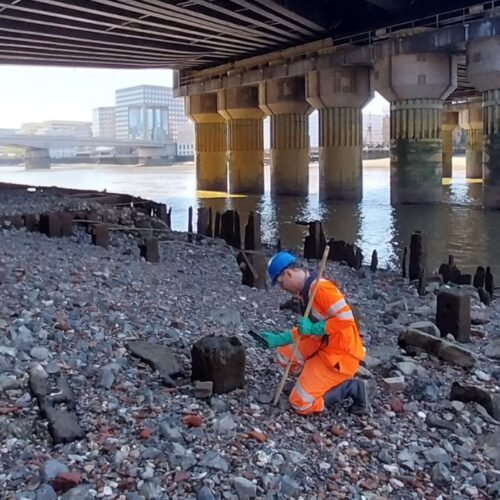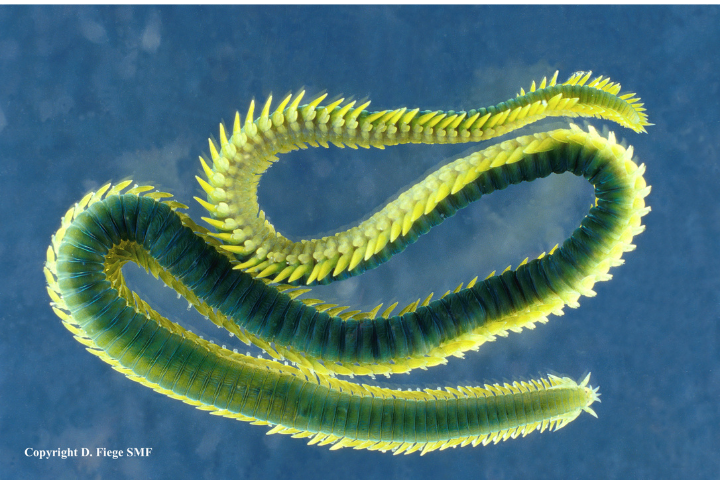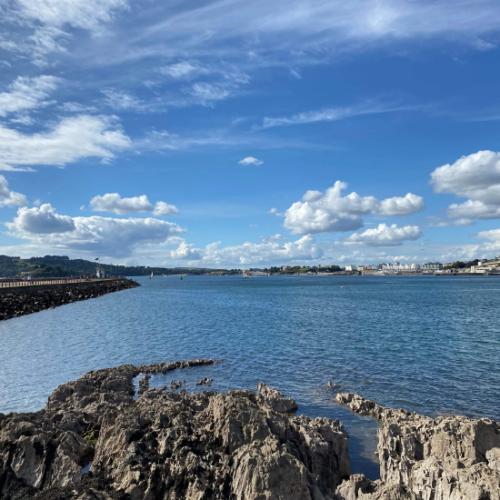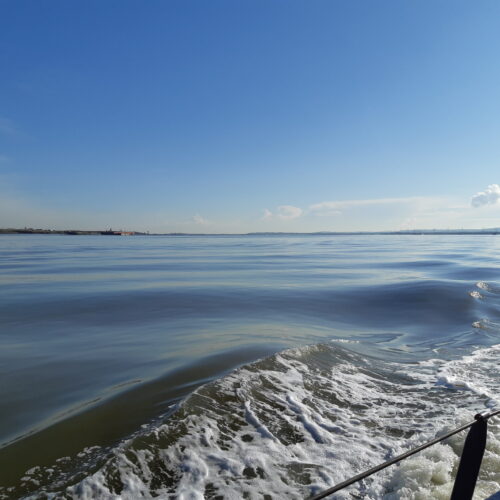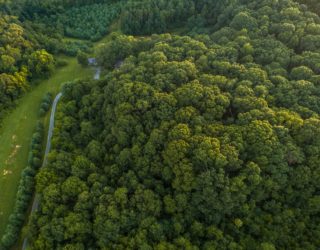Corophium volutator is a common species of amphipod, which are shrimp-like crustaceans. This specimen was collected on the Thames estuary, as part of one of our environmental surveys for a new development. The samples we collected contained over 800 animals each on average, taken from intertidal regions that, from a quick glance, one would be forgiven for assuming were devoid of life. Over 60% of these animals were specimens of C. volutator.
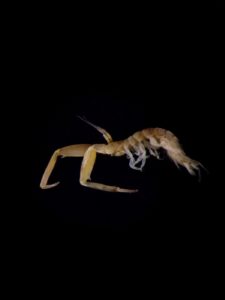
C. volutator can be found all around the coasts of the UK, inhabiting muddy intertidal regions where they dig burrows and forage using their specialised antennae which can be as long as the rest of their entire body. When present in high densities the openings of these burrows can be seen clearly on the surface of the sediment.
The Thames was declared “biologically dead” in 1957 by the Natural History Museum and was often described as nothing more than a sewer. Improvements in sewage treatment, along with new and stricter regulations on heavy metals and other pollutants have meant a remarkable recovery over the last 60 years. It is now considered to be the cleanest river in the world that flows through a major city.
This improvement has brought with it an array of different species, with the Thames now teeming with life, even if most of it is not easily visible from Tower Bridge. It even supports rare and protected species such as the tiny ‘lagoon sea slug’, Tenellia adspersa. On a larger scale, the animals that call the Thames home include grey and common seals, over 120 species of fish, including seahorses, as well as a wide assemblage of nationally and internationally important populations of wading birds.
All of these animals need something to eat, which tends to be bad news for invertebrates. Being able to tolerate a wide range of stresses and environmental variation, combined with the ability to quickly reproduce, many invertebrates form the base of food webs upon which larger, commercially important, and more recognisable animals feed.
C. volutator can reach incredibly high densities on mudflats, up to 100,000 per square metre, making them an ideal food source. They form a significant part of the diet of many fish including flounder, sprat and smelt during high tide and for wading birds such as redshank, dunlin and shelduck at low tide.
Whilst the Thames, like many rivers around the world, faces new pressures such as pollution from plastics, being able to come back from the dead is no mean feat and with the right management the Thames should be alive and kicking for years to come, continuing to act as a haven for wildlife in the middle of a busy metropolis.


